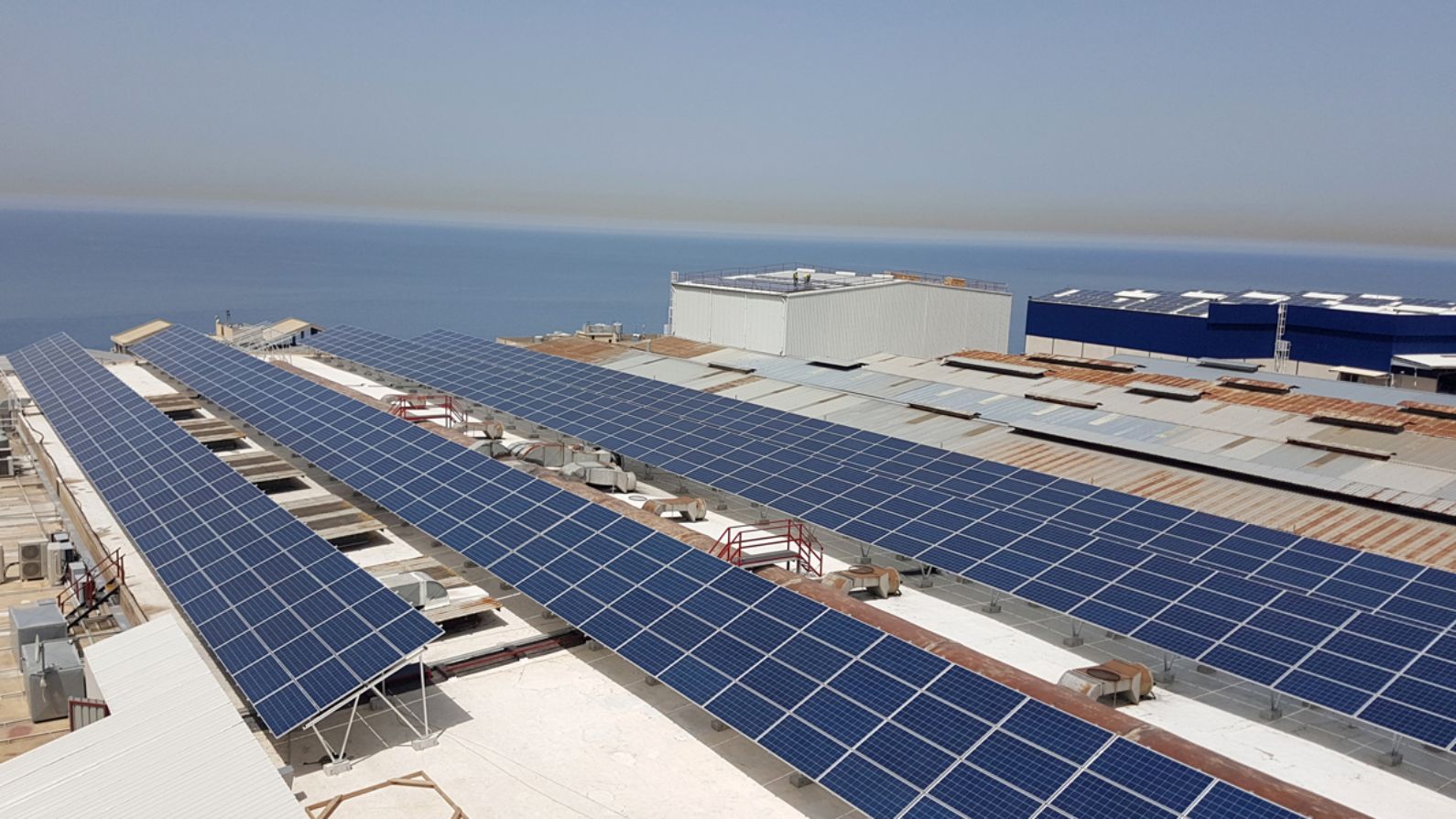- Products
- Your Business
- Newsroom
- Tools & Resources
- About us
- CSR
- People & Careers
- Search
- Contact us
- Compare
- Sign in
Environmental management
Maintain a high standard of environmental management

The Industrial Management Department ensures that the applicable laws and regulations and the Group’s policies on conservation and environmental protection are respected. The environmental rules and targets apply to Group operations worldwide. The Group’s main environmental objectives are as follows:
- respecting regulatory requirements;
- rolling out environmental certification programs: ISO 14001 and HPE (Environnement Hautement Protégé or Highly Protected Environment – Group label);
- controlling energy, water and raw materials consumption;
- preventing pollution risks created by our businesses and reducing CO2 emissions;
- reducing the volume of waste generated and improving waste recovery and recycling.
Evaluation and certification
Certified sites are covered, in minima, by an environmental certification. The 2022 objective of the CSR roadmap is to have 97% of sites certified.
As part of the continuous improvement approach and of the prevention of the main environmental risks identified in consideration with the Group’s activity, Nexans undertook two additional steps of evaluation and certification of its
environmental performance, supported on sites by a network of representatives:
• an external certifications: ISO 14001
ISO 14001 is an internationally agreed standard that provides criteria and a framework for companies like us to set up an effective environmental management system.
• an internal label HPE (Highly Protected Environment), an environmental management system that includes environmental risk targets for sites and is awarded following audits by certified internal auditors. In 2015, we defined the HPE2 label to apply even more stringent criteria.

Providing training and information to employees on environmental protection
Specific training sessions are provided to employees based on their level of responsibility. Regular environmental audits of production sites also raise awareness about environmental management strategy. The Group provides its employees with training in other specific areas, such as REACH.
In addition, diverse and targeted communications campaigns are regularly carried out jointly by the Industrial Management Department and the Communications Department in order to update employees on the Group’s environmental policy and rally support for the measures and initiatives adopted. Best environmental practices can be viewed by all employees on the Group’s intranet. Employees are also involved in local environmental protection programs.
Preventing environmental risks
Crisis management - All of the Group’s sites draw up environmental crisis management plans. These plans are audited as part of the environmental audits and are backed by investments in protective equipment such as containment basins and valves to prevent external pollution, as well as emergency intervention kits (contaminant booms, mobile valves, etc.). This protective equipment is regularly tested during dedicated verification exercises. The environmental risk prevention program is included in the Lean Manufacturing methodology called Nexans Excellence Way (NEW)
and the management processes at the Group’s manufacturing sites.
Asbestos - The Group’s environmental policy provides for continuous monitoring of asbestos at its operational sites and is incorporated into the audit tools used in HPE assessments.
Installations classified for the protection of the environment - Most production sites in France comply with ICPE regulations. These sites are required to monitor and report on areas which mainly include waste management, noise pollution, water and soil pollution and greenhouse gas emissions. ICPE sites are closely monitored to ensure they meet all regulatory requirements. Industrial, environmental and financ
Investments and spending
Investments for initiatives ranging from replacing less energy efficient equipment to buying new cooling towers.
We continually invest in environmental initiatives across our plants to raise awareness and implement our environmental program.
Managing pollution risks
HPE and ISO 14001 certifications and their audits contribute to this approach to reducing the Group’s environmental footprint. One of the objectives of the Group’s environmental policy is to control its pollution risks. It has therefore analyzed the sources of pollution within its business activities, based on the key processes used, the overall risks they generate, and measures implemented.
- Continuous casting: e.g. process and monitor the smoke generated by casting furnaces and ensure hazardous materials like acids are carefully stored and transported.
- Metallurgy: e.g. Filter and process emulsions used for wire drawing
- Cable manufacturing: e.g. Recycle the water used in extrusion cable manufacturing, filter air emissions and process solvents using storage cabinets and fume hoods.
- Compound production: e.g. Implement special measures at sites that use potentially polluting products like peroxide, silane and plasticizing agents (e.g. ventilation and spill pallets).
We have also implemented numerous initiatives to limit:
- Discharges into water: avoid accidental spillages e.g. network shutters and containment valves
- Land use and discharges: prevent spillages or gradual pollution e.g. containment systems and emergency intervention kits
- Air emissions: prevent air contamination e.g. filters for NOx, Sox & particulate emissions
- Noise & vibration: keep noise to a minimum e.g. regular monitoring, special training and specific timeframes
Our websites
Select your country to find our products and solutions
-
Africa
- Africa
- Ghana
- Ivory Coast
- Morocco
- North West Africa
- Americas
- Asia
- Europe
- Oceania
